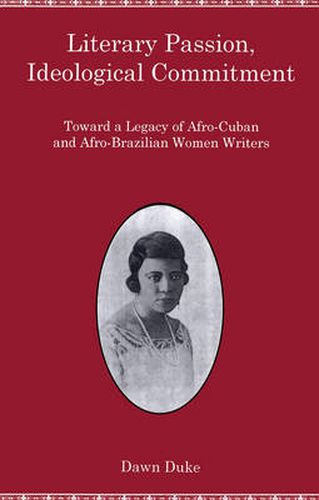Readings Newsletter
Become a Readings Member to make your shopping experience even easier.
Sign in or sign up for free!
You’re not far away from qualifying for FREE standard shipping within Australia
You’ve qualified for FREE standard shipping within Australia
The cart is loading…






This study examines Afro-Cuban and Afro-Brazilian women writers, as well as analyzing the roles of women of African descent in Cuban and Brazilian literature. Initially, literary imagination locked women into circumscribed roles, a result of hierarchies embedded in slavery and coloniality, and sustained by hierarchical theories on race and gender. The discussion illustrates how these negative aspects have influenced the mainstream literary imagination that contrasts with the ‘self-portrayals’ created by women writers themselves. Even as there continues to be disadvantageous constructions, there is no doubt that a modification has occurred over time in images, representation, and articulation. It is a change directly associated with the instances when women themselves are the writers. The historiographic image of the Afro-Cuban and Afro-Brazilian woman as a written object is ideologically replaced by a vision of her as a writing subject. It is here that the vision of a creative, multifaceted, and diversified literature becomes important.
$9.00 standard shipping within Australia
FREE standard shipping within Australia for orders over $100.00
Express & International shipping calculated at checkout
This study examines Afro-Cuban and Afro-Brazilian women writers, as well as analyzing the roles of women of African descent in Cuban and Brazilian literature. Initially, literary imagination locked women into circumscribed roles, a result of hierarchies embedded in slavery and coloniality, and sustained by hierarchical theories on race and gender. The discussion illustrates how these negative aspects have influenced the mainstream literary imagination that contrasts with the ‘self-portrayals’ created by women writers themselves. Even as there continues to be disadvantageous constructions, there is no doubt that a modification has occurred over time in images, representation, and articulation. It is a change directly associated with the instances when women themselves are the writers. The historiographic image of the Afro-Cuban and Afro-Brazilian woman as a written object is ideologically replaced by a vision of her as a writing subject. It is here that the vision of a creative, multifaceted, and diversified literature becomes important.